Deep in South Korea’s hinterlands lies a perfect replica of 1900s Seoul: Welcome to Sunshine Land, the latest K-drama theme park to cash in on booming K-culture tourism.
Fans of K-pop mega group BTS have long flocked to the country to see sites associated with the boy band, from the dorms where they slept as trainees to music video shoot locations.
However, as the popularity of South Korean drama has soared overseas — it is the most-viewed non-English content on Netflix, the platform’s data showed — more tourists are planning trips around their favorite shows.
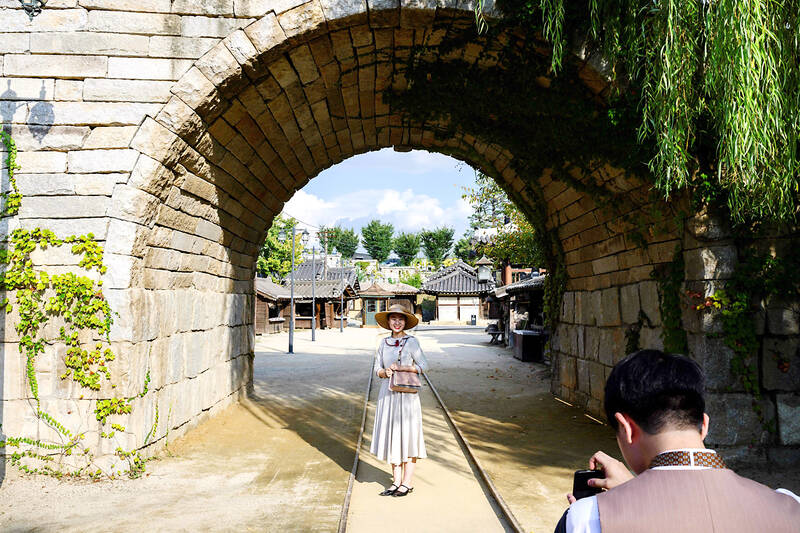
Photo: AFP
The idea that foreign tourists would pay good money and drive hundreds of kilometers out of the capital, Seoul, to see a K-drama set seemed “crazy” to tour guide Sophy Yoon — until she saw one of her guests break down in tears at Sunshine Land.
“At that moment, it hit me: For me, it was just a studio, but for them, it was something much more,” she said.
Preserved from the set of popular 2018 historical series Mr Sunshine, the location in Nonsan, 170km from Seoul, is replete with painstaking replicas of everything from a turn-of-the-century streetcar to South Korea’s most famous Buddhist bell.
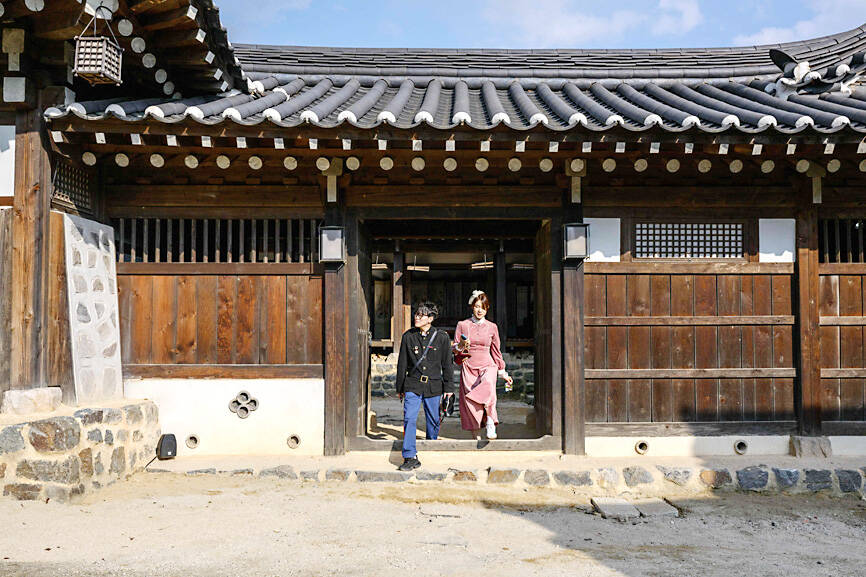
Photo: AFP
“It’s like when we go to the Spanish steps in Rome where Audrey Hepburn had ice cream,” Yoon said, referring to the 1953 classic movie Roman Holiday.
For South Korea’s growing number of K-drama tourists, “every door, every wall has a meaning from a drama that impacted their lives.”
“I get a lot more requests for specific ‘K-drama tours’ now,” she said.
The rise of South Korea as a global cultural powerhouse “has contributed to the appeal of Korean tourism,” said Kwak Jae-yeon, the Hallyu (“Korean Wave”) content team director at the Korea Tourism Organization (KTO).
South Korea welcomed 1.4 million tourists in September, up 33 percent year-on-year and the highest since the COVID-19 pandemic, with more than a third saying they had decided to come “after being exposed to Korean Wave content,” a KTO poll from last year showed.
In Seoul’s central Jongno District, tourists such as Sookariyapa Kakij are typical. Wearing a hanbok, a traditional Korean dress, the 40-year-old had traveled from Thailand specifically to see where her favorite dramas were filmed.
“I want to find locations where Itaewon Class was shot,” she said, referring to the popular 2020 drama, filmed largely on location in its namesake district of Seoul.
Jennifer Zelinski said she had never left the US before, but after she discovered K-drama — through the 2019 series Crash Landing on You — while stuck at home during the pandemic, she decided to visit South Korea.
“I binged the whole show in a week. I barely slept and went through two whole boxes of tissues,” she said.
That “snowballed” into her watching more K-drama, South Korean variety shows and listening to K-pop, until finally she “felt like I really wanted to see it in person,” she said.
“My family and friends were shocked when I said I was traveling to Korea and on my own,” but for her “it just felt right,” Zelinski said.
The travel industry is racing to catch up: one South Korean tour company on the travel platform Klook said interest in its BTS day tour has recently “skyrocketed,” and it was “completely booked until next February.”
“We are planning to add additional tours for other K-pop idol groups, including Seventeen and NCT 127,” it said.
Most of this new type of tourism is concentrated in Seoul, Kyungpook National University professor Jeong Ji-youn said.
Tourism in rural areas has tended to focus on more traditional South Korean experiences, which is not interesting to younger travelers eager to explore the land of K-pop and K-drama.
“There is a need to develop more tourism resources related to contemporary culture that allow people to experience Hallyu outside of Seoul,” she said.
The port city of Pohang is better known for shipbuilding and steel plants than tourism, but Emma Brown, 30, from Scotland, traveled more than 8,800km to see it because of When the Camellia Blooms.
The 2019 romance series “changed my life”, she said, adding that she felt she “had to feel the drama in person.”
“I just couldn’t miss the opportunity to visit Pohang when I was already in South Korea,” she said.
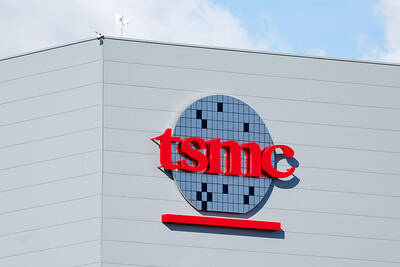
Taiwan Semiconductor Manufacturing Co (TSMC, 台積電) secured a record 70.2 percent share of the global foundry business in the second quarter, up from 67.6 percent the previous quarter, and continued widening its lead over second-placed Samsung Electronics Co, TrendForce Corp (集邦科技) said on Monday. TSMC posted US$30.24 billion in sales in the April-to-June period, up 18.5 percent from the previous quarter, driven by major smartphone customers entering their ramp-up cycle and robust demand for artificial intelligence chips, laptops and PCs, which boosted wafer shipments and average selling prices, TrendForce said in a report. Samsung’s sales also grew in the second quarter, up
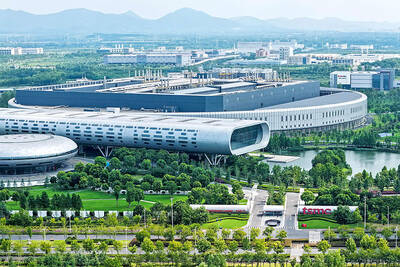
LIMITED IMPACT: Investor confidence was likely sustained by its relatively small exposure to the Chinese market, as only less advanced chips are made in Nanjing Taiwan Semiconductor Manufacturing Co (TSMC, 台積電) saw its stock price close steady yesterday in a sign that the loss of the validated end user (VEU) status for its Nanjing, China, fab should have a mild impact on the world’s biggest contract chipmaker financially and technologically. Media reports about the waiver loss sent TSMC down 1.29 percent during the early trading session yesterday, but the stock soon regained strength and ended at NT$1,160, unchanged from Tuesday. Investors’ confidence in TSMC was likely built on its relatively small exposure to the Chinese market, as Chinese customers contributed about 9 percent to TSMC’s revenue last
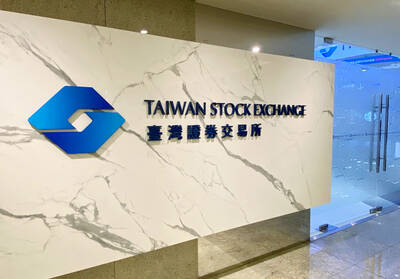
Taiwan and Japan will kick off a series of cross border listings of exchange-traded funds (ETFs) this month, a milestone for the internationalization of the local ETF market, the Taiwan Stock Exchange (TWSE) said Wednesday. In a statement, the TWSE said the cross border ETF listings between Taiwan and Japan are expected to boost the local capital market’s visibility internationally and serve as a key for Taiwan becoming an asset management hub in the region. An ETF, a pooled investment security that is traded like an individual stock, can be tracked from the price of a single stock to a large and

Despite global geopolitical uncertainties and macroeconomic volatility, DBS Bank Taiwan (星展台灣) yesterday reported that its first-half revenue rose 10 percent year-on-year to a record NT$16.5 billion (US$537.8 million), while net profit surged 65 percent to an unprecedented NT$4.4 billion. The nation’s largest foreign bank made the announcement on the second anniversary of its integration with Citibank Taiwan Ltd’s (花旗台灣) consumer banking business. “Taiwan is a key market for DBS. Over the years, we have consistently demonstrated our commitment to deepening our presence in Taiwan, not only via continued investment to support franchise growth, but also through a series of bolt-on acquisitions,” DBS